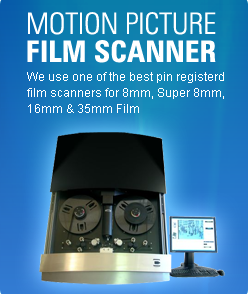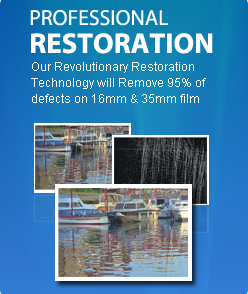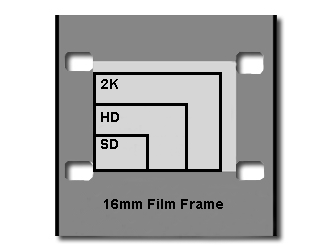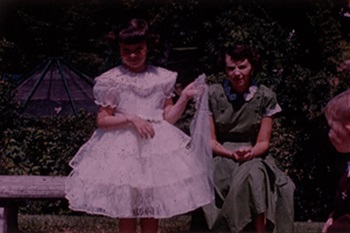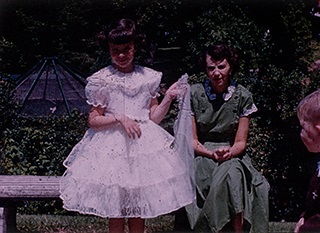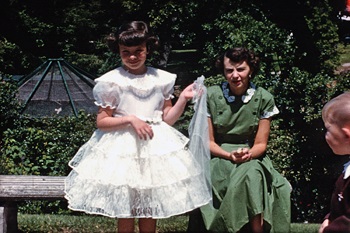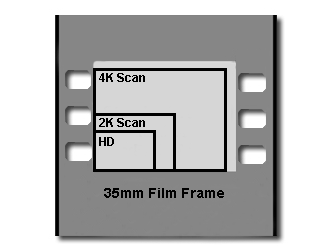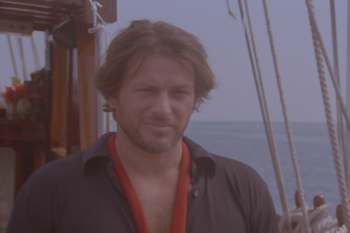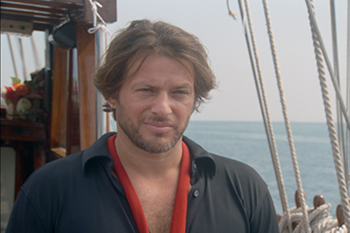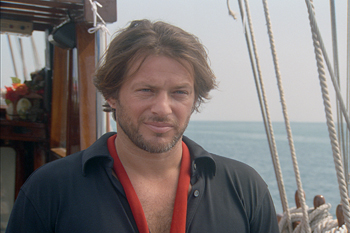
Some customer in Eau Claire may be wondering just how much information is actually on film!! That's a good question. Film is an analogue source, like a painting. There is a certain resolution needed to faithfully capture all the details in a digital form. The following images are a simplification to illustrate some general points and are not exact.
In general it is recommended that you scan at or above the resolution of the film. For 8mm and Super 8 that means scanning at HD or 2K.
16mm Film Eau Claire |
|
Process Comparison
|
|
Pro SD Scan
|
|
Pro HD Scan
|
|
Pro 2K Scan
|
|
35mm Film |
|
Process Comparison
|
|
Pro HD Scan
|
|
Pro 2K Scan
|
|
Pro 4K Scan
|
|
Eau Claire Fun Facts: The name Eau Claire comes from the original French name "Eaux Claires" which translates to "Clear Waters" which was the description of the Eau Claire River by French pioneers. The city is about 90 miles away from Minneapolis and St Paul. The terrain features steep slopes located in the eastern as well as the southern portion of Eau Claire. Eau Claire was established close to the convergence of the Eau Claire River and the Chippewa River as three settlements.
Wisconsin Fun Facts: Wisconsin became aU.S. territoryfollowing the American Revolution and soon after began attracting settlers looking for work inits mining, lumber and dairy industries. It was admitted to the union as the 30th state in 1848.In the years leading up to the Civil War,Wisconsin was an important stop on the Underground Railroad, with manyslaves passing through the state on their way to freedom in Canada. Today, Wisconsin leads the nation in dairy production and is known for the quality of its cheddar cheese–residents even sometimesrefer to themselves as “cheeseheads.” Famous Wisconsinites include architect Frank Lloyd Wright, magician Harry Houdini andU.S.
